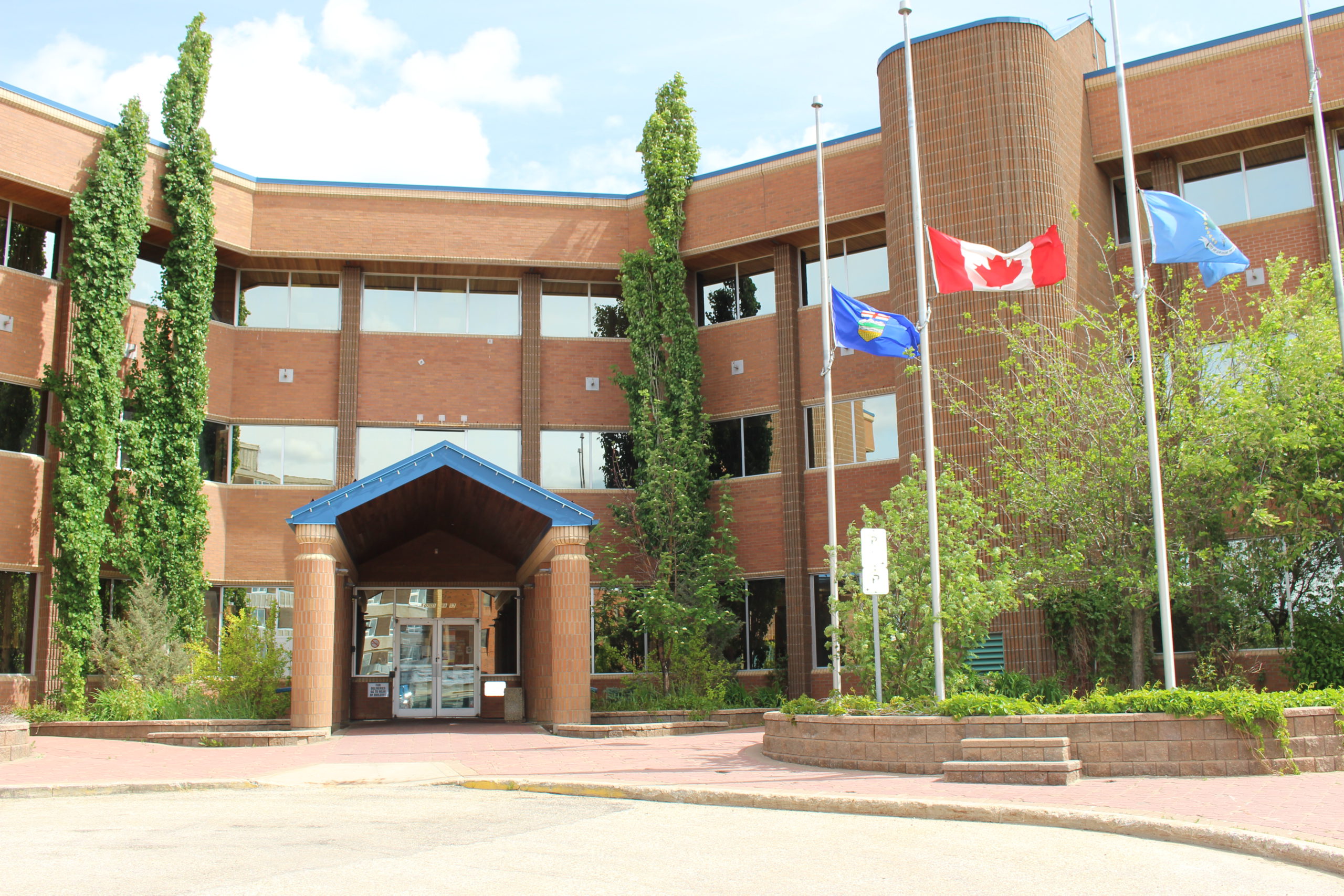The City of Grande Prairie is looking at new ways to best support those facing chronic homelessness. According to the 2021-2023 Homelessness Strategy released on Tuesday, a snapshot count of people in the street-engaged population on April 21, 2021, estimated there were 202 people experiencing homelessness in the city.
Of the homeless population surveyed, 51 per cent self-identified as Indigenous, 53 per cent were considered chronically homeless, and 56 per cent experienced homelessness as a youth.
Protective & Social Services Director Chris Manuel says, according to the report, roughly 188 people in the city are in need of supportive housing, the city is looking to be as proactive as possible when it comes to providing the services needed. He adds the scope of the problem facing the street-engaged population really came into focus in 2019 when large encampments starting popping up.
“Internally, as a city, there became a very clear recognition both for us and within the community that the opioid crisis and economic challenges that existed at the time plus limited capacity within our basic support systems wasn’t achieving the results.”
As a result, the discussion turned to the city becoming what Manuel he calls a full-spectrum provider.
“Continue to do those things we did, but also we’ve entered the realm of direct service delivery in regard to our mobile outreach program, as well as a direct funder as some of the other initiatives,” he says.
One proposal is the Coordinated Care Campus, which would see the city purchase the Stonebridge Hotel and convert it into a $12.5 million community supportive housing facility with 24 hour supports offered to tenants. Manuel believes that could be a viable solution, noting the services within the campus would be the crux of the homeless strategy, which includes finding supportive housing that works.
Manuel adds the existing supportive housing options, many of which rely on housing being available and zoned for use, are not an appropriate first step for some individuals, particularly those facing chronic homelessness.
“Ultimately, the strategy recognized that diverse, particularly supportive housing options… are going to be critical to providing a broad range of options so we can place the right housing solution for the specific needs of a client. The biggest piece there has been some of the complexities of coexisting conditions such as mental health in addition to physical health constraints that have been limitations for us.”
Within 10 years, the city says the waiting list for supportive housing will be over 200 people.



